A word of warning: this will not be a full-blown, technical review. Others have done much better than me at The Digital Picture, Deep Green Photography and Ken Rockwell.
Instead it is an emotional statement. The very first tests, un-scientific and even a touch anarchic, are still leaving me speechless. Such is the consequence of using pro-grade glass.
Until now, I have shot everything that fitted the 100mm + range with a kit-like, fantastic for its cost but still ordinary, Canon EF-S 55-250 f4.5/5.6 IS lens. Kit lens grade. It got me some amazing results while game watching in South Africa’s Kgalagadi National Park, but I was pushing the envelope of what the lens could do.
In comes the Canon EF 70-300mm f/4-5.6L IS USM, thanks to the generosity of someone I love very dearly. Much bulkier in cost and size, it still can be called a travel lens and it is the smallest of the entire Canon L series telephoto zoom lenses.
As soon as I got the lens, I did a few test shots. The images in here, mind you, are not your typical pictures. They don’t mean to be artsy or even good.
These are 1:1 crops of full images shot at the maximum 300 mm focal length – or even much beyond when using the Kenko 1.4x Teleplus Pro 300 tele-converter. They were all shot hand-held, of moving subjects, and and by a guy having just mounted the lens on the camera and not yet having a clue of how they would interact.
In other words, they are spontaneous real-size previews of what the Canon 7D sensor registered. Each pixel recorded by the camera is displayed on your screen as such (if you have clicked on an image to get it full-size and your display size is large enough to accommodate a 1200 pixel-wide slideshow). Being born from RAW files, the images have been processed in Lightroom 4 for the usual parameters (sharpness, exposure, color correction, etc.) that make a RAW file match reality.
Still. The 1:1 preview mode is normally used to compare loss of detail, to evaluate softness/sharpness and to inspect for various lens-induced artifacts. It is the wall-of-shame of any lens, and any shot. No one in their right mind would ever use or display a 1:1 crop of their work. It is called pixel peering. It usually hurts the eye.
Yet look at this! These pictures were shot from distances ranging from 1000 to 1500 feet. Look at the details. In the first shot you can see the smile on people’s faces aboard the water taxi as they take in the imposing Lower Manhattan views, and look at the watch on the First Officer’s hand below…
And this will get even better as the lens and I learn to talk each other’s language!
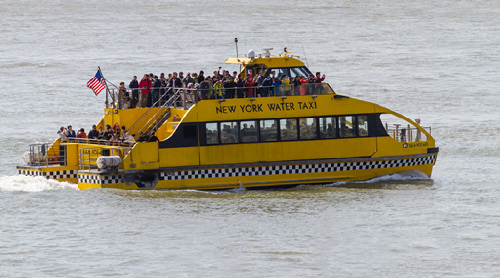
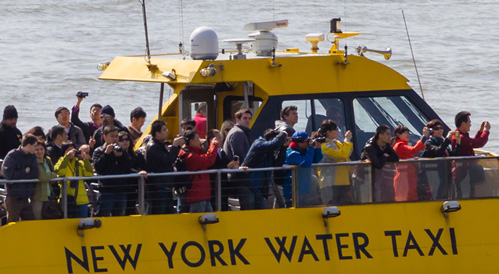
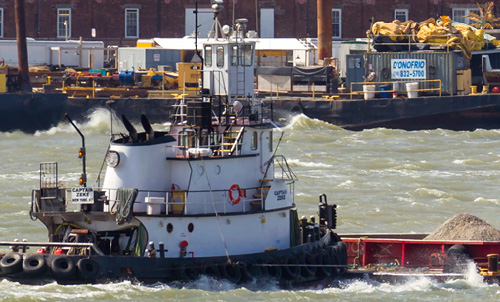
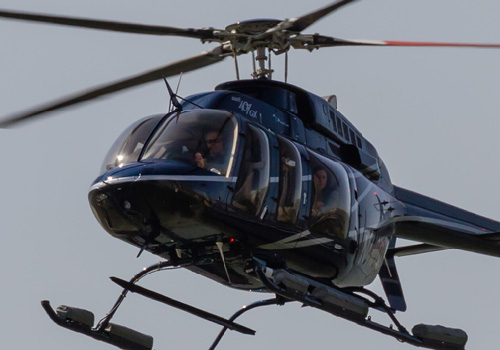
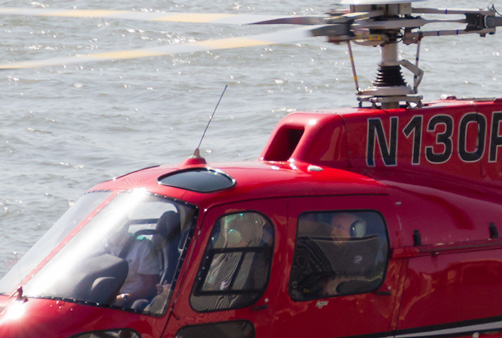
Comments
dinahmow